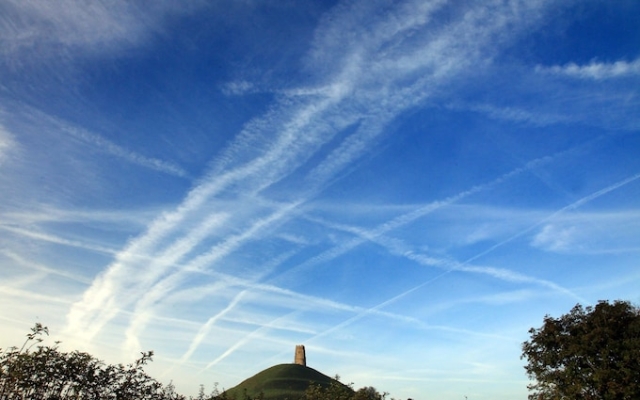 The impact of contrail emissions has long been debated. Photo: Matt Cardy/Getty Images
The impact of contrail emissions has long been debated. Photo: Matt Cardy/Getty Images
Airlines tend to be pretty good at presenting a united face to the world, especially when it comes to lobbying global politicians.
However, the EU's recent move to crack down on so-called contrails — the vapor that spews from aircraft jet engines in a thin cloud — has aircraft carriers at each other's throats.
>
International Air Transport Association ( IATA, whose members include most of the world's flag carriers, has lobbied in Brussels to limit mandatory contrail monitoring to flights within the bloc in a bid to ease the burden of data collection.
But it has angered low-cost operators including EasyJet and Ryanair. Two carriers that make almost all their revenue from intra-European traffic say it would be wrong to ignore the contrails left by long-haul flights when the rule comes into effect next year.
«Unless full global monitoring is maintained, the scientific data will be incomplete and the locations estimated to have the most contrails will be excluded,» says David Morgan, EasyJet's chief operating officer.
The collision speaks for itself. concerns that financial penalties or requirements for aircraft to follow divergent routes could be focused on the regions where data collection occurs.
The EU CO2 emissions trading scheme is itself limited to flights within the European Economic Area after opposition from by foreign carriers.
But the public dispute between airlines has distracted us from more fundamental questions about how much contrails affect global temperatures. Firstly.
Although carriers around the world have committed to achieving net-zero carbon emissions by 2050, they are far less likely to take potential measures to reduce contrail formation.
This position is based in part on the unique property of vapor trails. While scientists believe they contribute to global warming by promoting the formation of high-altitude clouds that prevent heat from escaping from the atmosphere, they have other benefits. Under certain conditions, they can equally reflect solar energy back into space, preventing it from reaching the surface and helping to cool the planet.
IATA cites studies showing that on average 14% of flights leave contrails, of which about 30% may have a cooling effect.
Moreover, predicting where contrails will appear is an imprecise science, so changing the flight path to avoid the supercooled air needed to form them may result in contrails appearing in other places when the original route would not have actually produced any one.
And whether these measures are effective or not, they will most likely lead to an increase in CO2 emissions, which, once released into the atmosphere, persist for millennia. Contrails, by contrast, are fleeting and trap heat only for as long (usually less than 12 hours) as they streak across the sky.
A paper published last year by the Royal Society of Chemistry warned: “This is problematic. recommend definitive measures to reduce aviation emissions other than CO2 as they may have limited effect or have unintended consequences.”
David Lee, professor of atmospheric sciences at Manchester Metropolitan University who led the study, says governments and climate groups should not confuse reasonable caution about how contrails contribute to warming with unfounded arguments against limiting carbon emissions.
< p>“ Producing additional CO2 is the red line,” he says. “Contrails are a different story. There is still a lot we don’t understand about them.”
Willie Walsh, IATA director general and former British Airways boss, told the EU that its plans «will require airlines to provide large amounts of data on all flights with insufficient potential for positive
EasyJet and Ryanair said in a letter to the European Commission that long-haul flights produce half the industry's carbon emissions but account for just 6% of services.
About 10% of the sky over the North Atlantic is covered. they add, citing a recent study by IATA itself.
The clash between low-cost and full-service carriers is not the first over their relative contributions to carbon emissions.
Earlier in the climate debate, executive Lufthansa Carsten Spohr has criticized discount operators for encouraging unnecessary travel with lucrative discounts.
Ryanair chief executive Michael O'Leary responded by pointing out that low-cost airlines have the youngest fleets and the highest seat densities in Europe, so their carbon dioxide emissions per passenger are much lower than their airline counterparts. competing carriers.
At least how contrails occur seems relatively clear. Soot particles produced during the combustion of aviation fuel attract water vapor, also emitted by the engine, and form a drop of water.
When exposed to temperatures of around minus 50°C, the droplet quickly turns into an ice crystal, trillions of which are formed for every kilogram of fuel burned. In most cases, that's where the story ends.
But in temperate latitudes, planes flying at altitudes of 28,000 to 34,000 feet regularly encounter so-called ice supersaturation zones, where crystals absorb more water vapor from the atmosphere and inflate 10 times in volume, forming a contrail.
< p>Even so, only if the wakes from multiple flights merge, are blown together by changes in wind speed and form so-called contrail cirrus clouds that extend hundreds of miles, can they warm the atmosphere.
Another complication: particles soot that remains in the atmosphere after contrails have dissipated can interact with normal high-altitude clouds to produce a net cooling effect.
The EU's position is particularly important because most contrails are in Europe and the US, and along the North Atlantic Flyway in between, in a «Goldilocks zone» where temperate climates coincide with some of the busiest skies in the world.
The supercooled pockets of air that create contrails are usually too high in tropical regions and too low at the poles for aircraft to encounter them, while there are relatively few flights in the temperate regions of the southern hemisphere.
One obvious answer to the contrail dilemma would be to significantly reduce the number of flights at night, when sunlight is not reflected back into space and those contrails that are all -they are formed, they can only serve to retain heat.
However, since about 97% of eastbound flights from America to Europe operate at night and therefore save passengers a day in travel and a night in a hotel, such a radical change in airline schedules is considered unfortunate.
< p>Other possibilities include These include hydrogen-powered aircraft that will produce no soot particles and significantly reduce contrails, as well as new engine designs that can capture water vapor, although both technologies are barely off the drawing board.
For now, the focus is on developing protocols to avoid areas where contrails may form.
But in practice, this is more difficult because it requires accurate predictions of where these areas are at any given time and what the impact of warming will be. has a contrail from will have a specific flight.
The potential negative impact on climate of changing the plane's direction will also need to be assessed, as well as any possible safety risks such as turbulence or thunderstorms and flying with closer spacing between planes. .
Without improvements in weather forecasting and modeling, satellite imagery, humidity sensors and data communications, solving such problems remains difficult.
A more immediate path to combating contrails may lie in form of increased use of sustainable technologies. aviation fuel (SAF) processed from cooking oil or created synthetically.
While airlines use SAF to reduce carbon dioxide emissions, the fuel also emits far fewer soot particles than kerosene, significantly reducing the likelihood of contrails. .
The first ever transatlantic flight using 100% SAF aircraft, operated by Virgin Atlantic last November, cut carbon emissions by almost two-thirds. Equally important, laboratory tests showed that the production of non-CO2 particulate matter was reduced by 40%, according to data published this month.
A Virgin Atlantic spokesman said: “More research is needed , but this suggests the use of SAF can have a significant impact on reducing the formation of persistent contrails.»
However, the problem with using SAF to solve the contrail problem is its poor availability and high cost. It accounts for only about 0.2% of global jet fuel, and while IATA says that share should rise to 0.5% this year, projected costs for the fuel will add $2.4bn (£1.9bn). For now, trade group CEO Walsh says airlines should focus on cutting CO2 emissions while scientists refine their understanding of how contrails influence warming and how best to predict their education.
Only after 2040. According to IATA, is it possible to reroute aircraft? Whether this is a reasonable response to the evidence or a case of throwing in the trash remains open to debate, and most climate scientists believe they cannot help solve the problem yet.
“We know how CO2 works and how long it stays in the atmosphere, so the point is clear,” says Manchester Met's Lee. “But our understanding of contrails and how they contribute to warming is less than precise.”

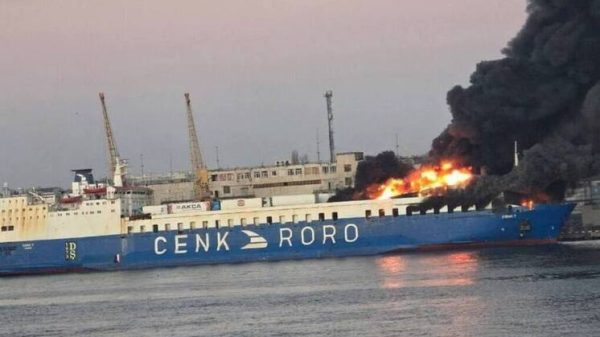

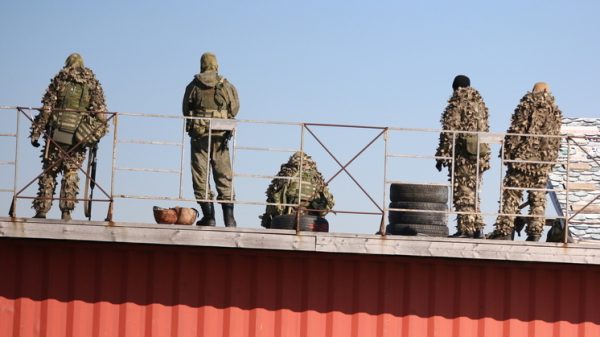

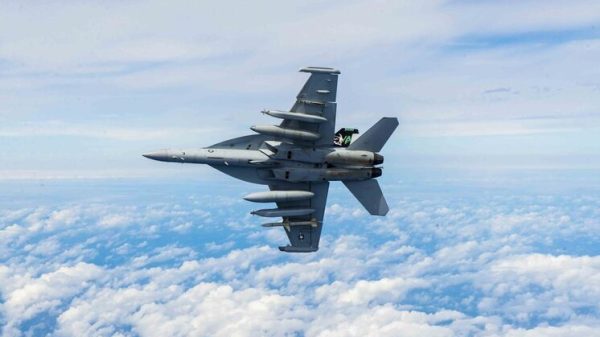


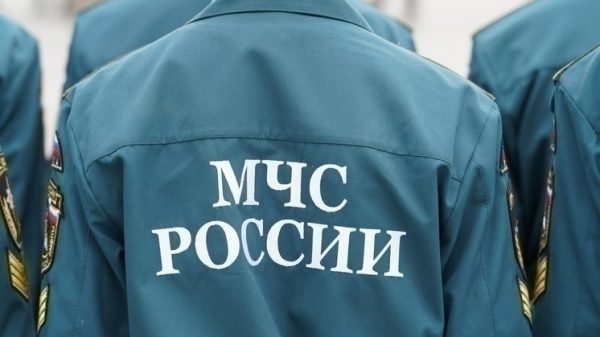
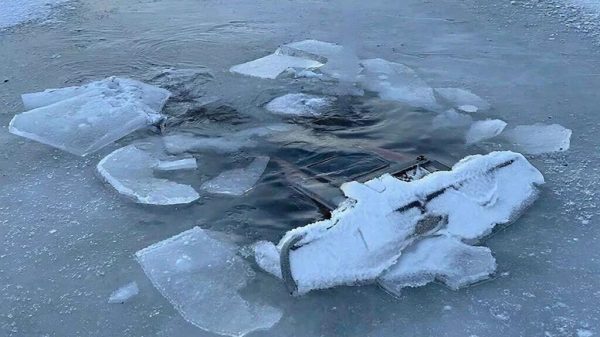


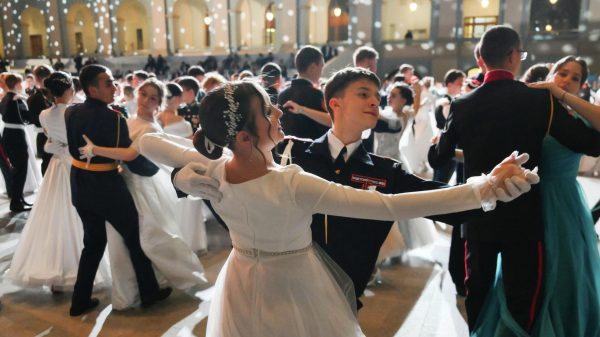
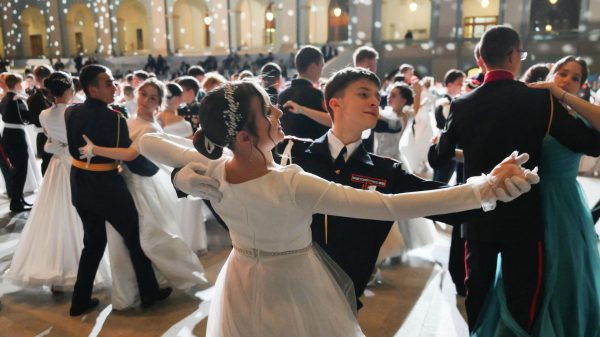
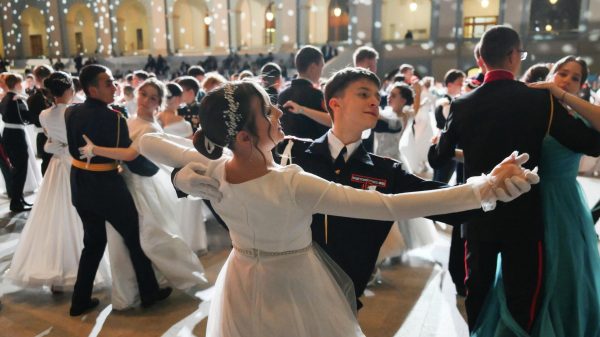



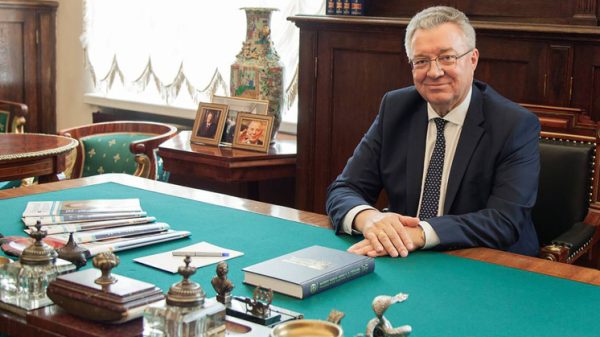
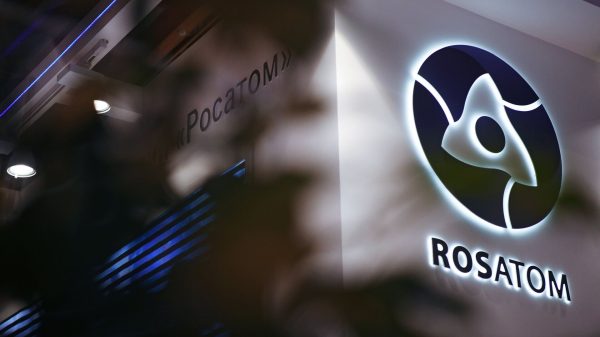
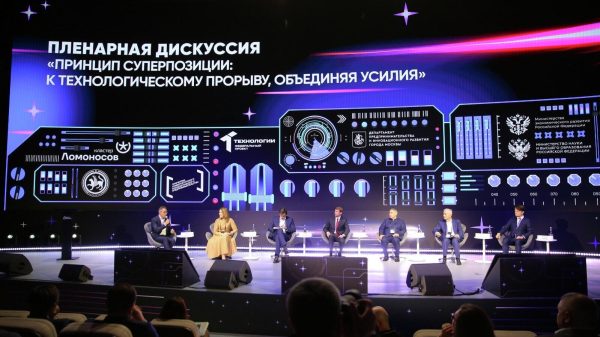
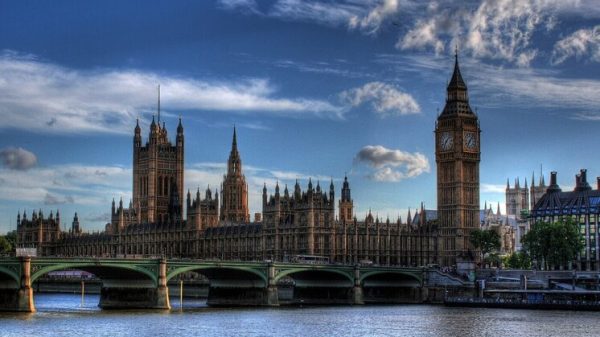





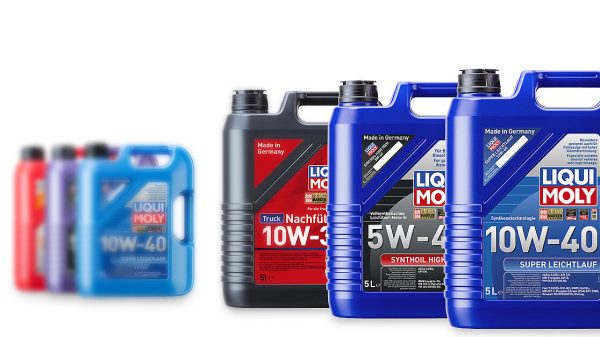

























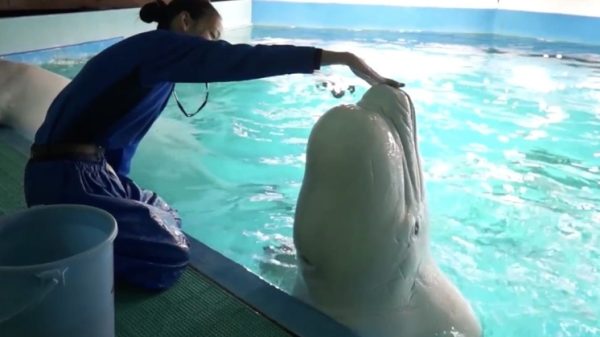

Свежие комментарии